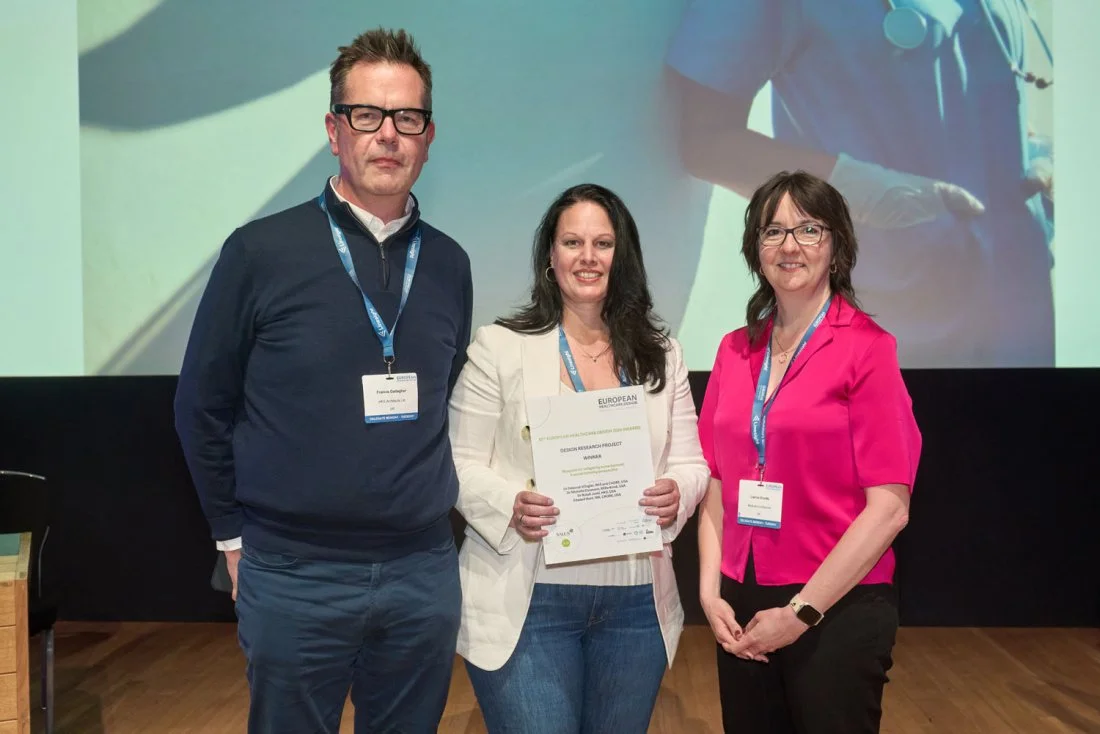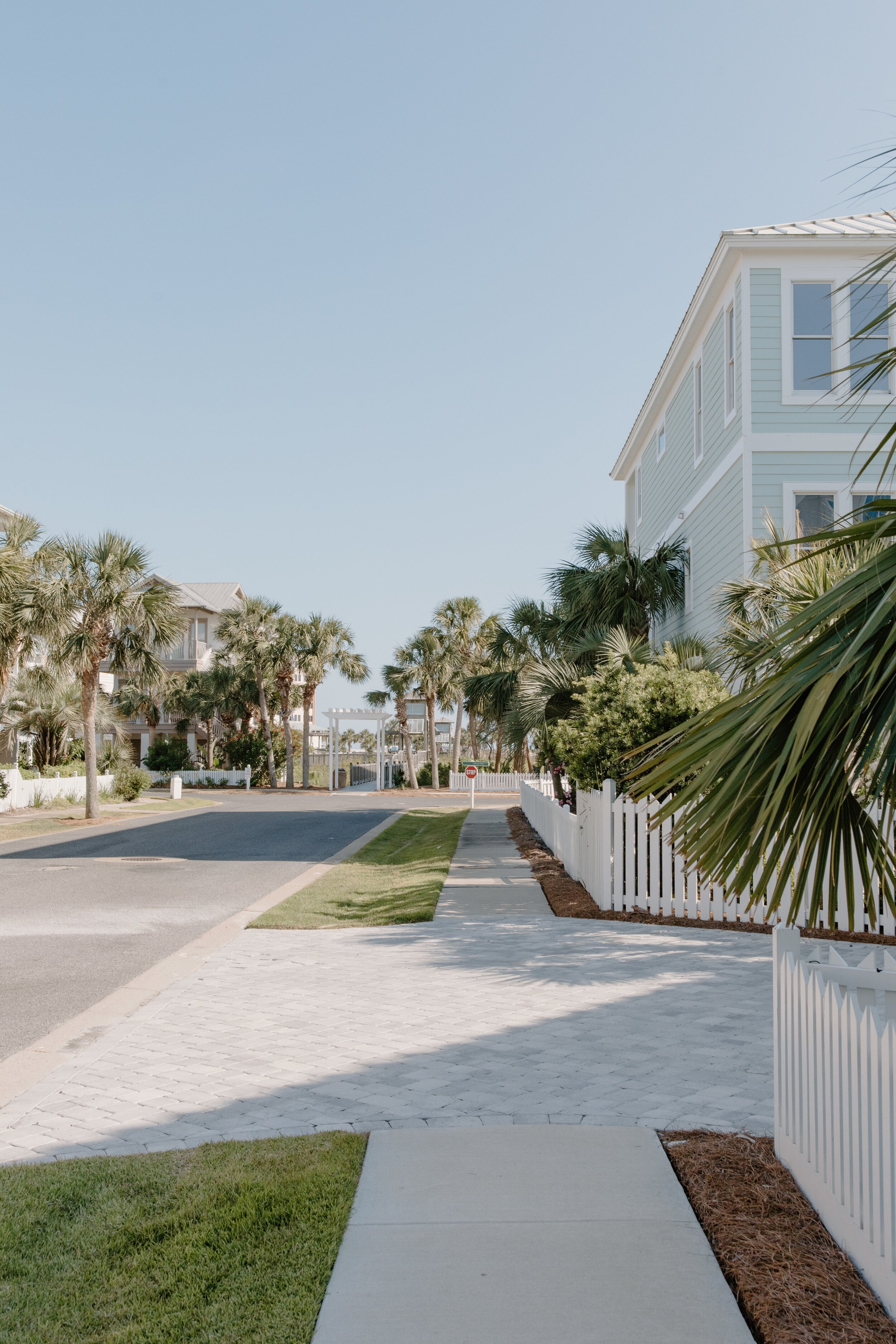Conference Title:
Dialogues 23: The Intersection of Emerging Research + Design for Learning
Presentation Name:
Designing Spaces to Promote Social and Emotional Learning: Insights from Teachers
Presenters:
Leonardo Gonzalez Sangri
Global Practice Director, Education
HKS
Lindsey Walker
Research Fellow
CADRE
Presentation focus:
Dialogues 23 is a participatory forum held by Learning by Design magazine to talk about education design and learning environments. Representing a coalition between CADRE, HKS, and Uplift Education, our presentation addressed the growing concern of the well-being of K-12 teachers
Our presentation explored how design strategies can augment and support teachers' formal and informal approaches to social and emotional learning (SEL) within their classrooms. Organized with the neuro-science-informed enriched environments design framework, from the perspective of K-12 teachers that implement SEL strategies in their classrooms, this study explores how teachers leverage aspects of the physical environment to support SEL. In addition to the presentations focusing on the collected Teacher interviews and findings, the Visual Design Guide was released, showcasing 18 evidence-based design strategies for creating enriched learning environments to support SEL.
Our presentation takeaways:
Diverse Approaches to Working: teachers engage in various work modes and utilize multiple tools to do their job effectively. However, lag behind the work teachers need to do.
Psychological and Behavioral Needs: teachers expressed the importance of having a variety of psychological needs met within their working spaces and their students' learning spaces. A sense of privacy and control is essential behavior associated with movement and safety, which are necessary for teachers and students.
Social and Emotional Considerations: All teachers are committed to advancing their students' social and emotional development, but there were two distinct groups within the sample. One group is more comfortable with a self-driven organic approach, prioritizing relationship-building with their students, while the second group relied on formal strategies through predetermined lessons.
What we learned from participants:
A student learning environment is also a teacher’s workspace, although they aren’t often viewed that way. The teacher’s perspective may also be underexamined—which means the continued need to build strong partnerships in the industry and conduct further research.
Our takeaways as presenters and what we’re looking forward to next:
Continuing to build a strong coalition with key partners and peers to advance evidence-based design strategies.
Enriching the learning environment to become a tool and platform to support teachers and the student experience.
Collecting and analyzing the findings of Phase 2 of the current study focused on measuring the impact across key student outcomes such as well-being, socialization, and college readiness. We also dove deep into how design can be connected to social and emotional learning.
Further Reading:
For more information on enriched environments to support social and emotional learning, read our visual design guide here.
For more information on Uplift, HKS, CADRE and ASID partnership, read ASID’s Research Grant Announcement here.
For more information on Dialogues23 and Learning by Design Magazine, visit their website here.










